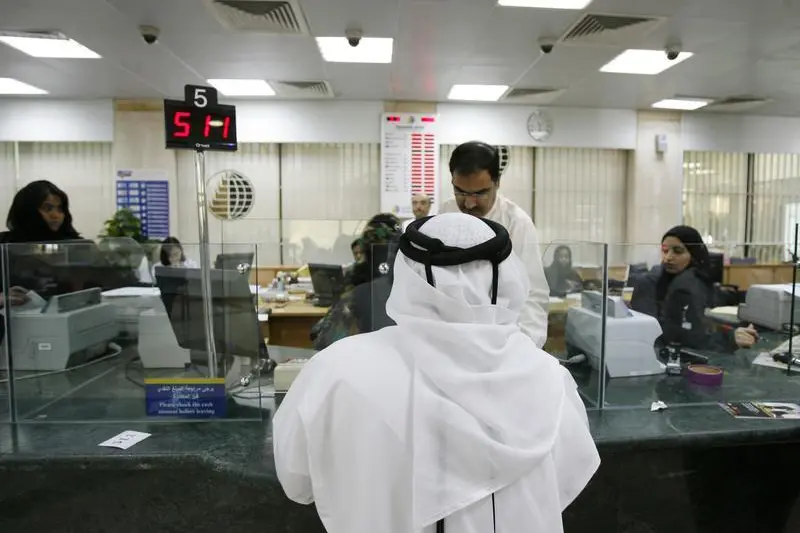PHOTO
DUBAI — The UAE banking system remains sound with sufficient capitalization and liquidity reserves, solid financial performance and high operating efficiency, the Central Bank of the UAE (CBUAE) said in its 2018 Financial Stability Report (FSR) released Monday. Additionally, the regulatory stress test demonstrated that the UAE banking system remains resilient to potential macro-financial adverse scenarios considered. Overall, the financial performance of the banking system improved during 2018, with an increase in net interest income, decrease in operating expenses, and improved operating efficiency. Aggregate banking system net profits grew 9.8% and the cost-to-income ratio improved to 35.9% in 2018. The overall Return on Assets (ROA) remained at 1.5% in 2018 as bank assets expanded broadly in line with net profits.
The effects of improved credit growth and rising interest rates environment during the year resulted in higher interest income on loans and investments compared to interest expenses. However, as other operating income26 declined by 14.0% during 2018, the resulting total operating income of the UAE banking system remained relatively stable increasing by 1.2% compared to the previous year.
The operating efficiency of the UAE banking system improved as reflected in the cost-to-income ratio. The overall cost-to-income ratio decreased to 35.9% in 2018, compared to 39.1% in 2017. The improvement in the cost efficiency during 2018 was contributed primarily by lower operating expenses, which decreased by 7.0%. Mergers in the Abu Dhabi banking sector also contributed to the improvement in cost efficiency.
Commenting on the launch of the report, Mubarak Rashed Al Mansoori, Governor of CBUAE, said: “Looking at our achievements in 2018, an important milestone for us was the issuance of the Decretal Federal Law No. (14) of 2018 regarding the Central Bank & Organisation of Financial Institutions and Activities. The new law defines the contribution to the stability of the financial system as one of the principal objectives of the Central Bank. Also, in 2018, we internally at CBUAE established the Financial Stability Policy Committee (FSPC) which facilitates the thorough fulfillment of this objective.” Although the macro-financial outlook remains supportive of financial stability, CBUAE reminds members of the financial system to be mindful of potential global and regional macro-financial risks. To ensure the continued resilience of the financial sector, CBUAE continues to further enhance the regulatory and supervisory framework of the banking system.
The overall UAE banking system remained adequately capitalized with capital ratios well above minimum regulatory requirements. At the end of 2018, the overall CET-1 capital ratio was 14.3%, the Tier-1 capital ratio represented 16.2%, and the total Capital Adequacy Ratio was 17.5%, compared to the minimum capital requirements of 9.5%, 11%, and 13%, respectively.
Capital adequacy ratios were impacted by (i) the implementation of the Basel III capital requirements in Q4 2017 that improved the quality of bank capital and (ii) the implementation of the IFRS 9 standards in Q1 2018 with a more forward-looking recognition of provisions.28,29 Developments during the rest of the year, particularly in improved earnings and new capital issuances led to stabilization of the capital base.
Risk-weighted assets of the banking system represented nearly 80% of the total bank assets, reflecting traditional loan-based commercial banking business model with relatively low investment banking, trading, capital market, and structured products exposures. Consequently, credit risk remained the core exposure of the UAE banking system with a nearly 90% share on total risk-weighted assets.31
The overall market risk exposure of the UAE banking system remained stable and small also during 2018. Market risk represented only a 3.1% share of total risk-weighted assets (2017: 3.0%). Interest rate risk in the trading book constituted more than a half of the exposures in the market-risk RWA with the share of foreign exchange risk, equity-price risk, and commodities-price risk remaining relatively low.
© Copyright 2019 The Saudi Gazette. All Rights Reserved. Provided by SyndiGate Media Inc. (Syndigate.info).












